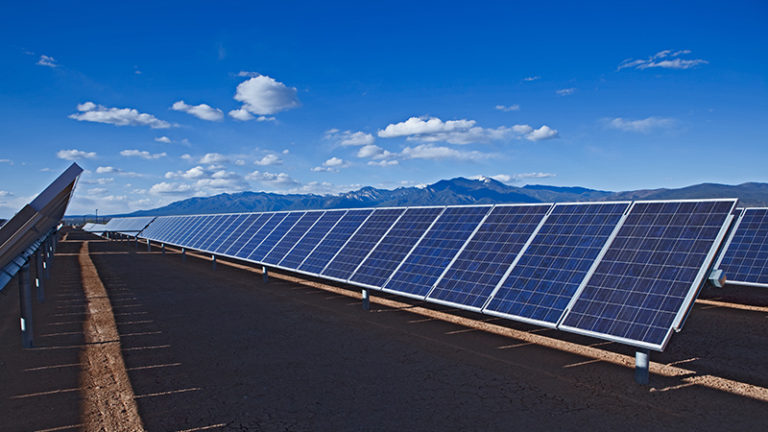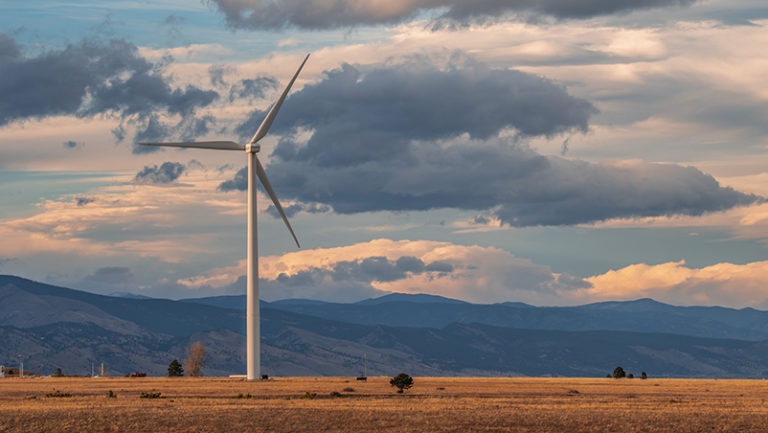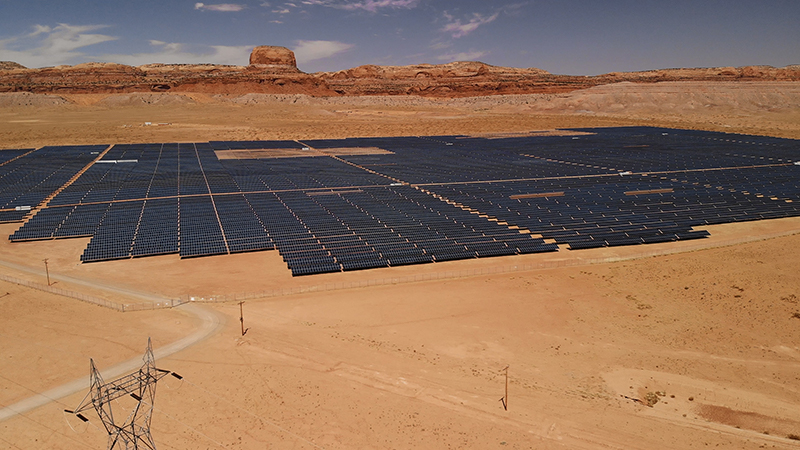What is Energy Siting?
Energy siting is the process of identifying and evaluating potential locations for energy projects, such as wind and solar farms, power plants, and transmission lines. It involves assessing the environmental, economic, and social impacts of proposed energy projects and determining their feasibility and suitability for the site. In addition, it is important to consider the effects on wildlife and biodiversity, as well as the potential for carbon emissions reduction and a transition to a zero-carbon energy system. Energy planning that includes land use considerations can dramatically reduce impacts to wildlife and natural areas.
How is Energy Siting Conducted?
Energy siting is typically conducted through a regulatory process involving local, state, and federal government agencies, energy developers, environmental groups, and local communities. The process includes gathering data on potential sites, assessing their feasibility and suitability, and engaging with stakeholders to address concerns and identify opportunities for collaboration.
In the context of biodiversity, it is important to assess potential impacts on habitats and species, and to evaluate opportunities for land conservation and habitat enhancement. This can be achieved through the integration of biodiversity goals into energy siting plans.

Why is Smart Energy Siting Important?
The two greatest environmental challenges of our time are climate change and biodiversity loss. These challenges are intertwined, as a changing climate further exacerbates biodiversity loss. To avoid the worst impacts, we must rapidly cut greenhouse gas (GHG) emissions by transitioning from traditional fossil-fuels to clean, zero-carbon energy technologies. But without careful planning, developing large amounts of new clean energy resources can have adverse impacts on important habitats and ecosystems. Smart energy siting focuses on being inclusive and proactive throughout the process, while centering the need to protect and conserve our environment.
Safeguarding wildlife habitat and migration corridors , while also rapidly deploying zero-carbon energy resources, is a balancing act vital to conserving biodiversity and an essential response to the global extinction crisis. To achieve clean energy goals, we need more large-scale renewable energy projects, which means we need more transmission lines – but we have to make sure that this effort doesn’t come at the cost of our land and ecosystems. Smart energy siting plays a crucial role in this process by identifying suitable locations for clean energy projects that will limit environmental impacts. Proper evaluation of potential projects should consider the protection of wildlife and ecosystems and engage local communities in the decision-making process.
Benefits of Incorporating Land Conservation Values in Energy Siting
- Promotes clean energy and reducing greenhouse gas emissions
- Protects wildlife and ecosystems
- Enhances energy security and reliability
- Creates jobs and boosts local economies
- Engages communities in the decision-making process and fostering collaboration.
In addition, the rapid uptake of clean energy that is sited in optimal locations will protect important habitats and biodiversity from the ongoing threat of climate change.
Western states can affordably and reliably meet all their future energy needs, achieve economy-wide net-zero greenhouse gas emissions reductions by 2050, and avoid the loss of their most sensitive natural areas and working lands .

Policy Solutions for Energy Siting
It is essential that we have strong policy solutions to ensure that the environmental, social, and economic impacts of energy projects are properly addressed. Without such measures, clean energy development will negatively affect wildlife and biodiversity, compromise public health and safety, and result in inequitable outcomes for local communities.
Policy solutions for smart energy siting can provide clear guidance and standards for energy developers and help to ensure that energy projects are evaluated in a consistent, equitable, and transparent manner. Such policies can also help to integrate biodiversity and land conservation goals into energy siting plans, to minimize impacts on important habitats and species.
The Need for Smart Energy Siting in WRA States
The West is home to some of the most abundant clean energy resources in the country, including abundant wind and solar resources. States like Colorado, Arizona, and Nevada have been at the forefront of promoting clean energy. However, as the pace and scale of the clean energy transition increases, there is a need to integrate biodiversity and land conservation goals into these policies to ensure that the potential impacts on habitats and species are properly addressed.
- Colorado has adopted ambitious economy-wide goals to cut GHG emission 50% below 2005 levels by 2030 and 90% by 2050.
- Arizona has set a goal to achieve 80% clean energy by 2050 and has implemented policies to promote the development of solar and wind projects.
- Nevada has developed a statewide transmission plan to support the development of renewable energy projects and improve energy reliability, while also recognizing the importance of biodiversity conservation.
The transition to zero-carbon energy technologies has been identified as a key strategy for meeting these goals, but this will require significant amounts of new transmission. New transmission projects will have their own land use impacts and will also influence the siting and placement of new clean, zero-carbon energy generation resources on the grid.
We can achieve economy-wide net-zero GHG emissions across the West while avoiding the most sensitive natural and working lands.

Challenges and Opportunities of Energy Siting
The scale and pace of energy infrastructure development required to achieve net-zero greenhouse gas emissions are unprecedented, yet our understanding of how to minimize its potential impacts on land use and natural resources is inadequate. Reaching net-zero greenhouse gas emissions requires a major build-out of low-carbon infrastructure — including wind and solar farms and transmission lines — that potentially require significant land area. Failure to avoid development in areas with high conservation value will result in substantial habitat loss.
Energy siting presents opportunities to promote clean energy, protect wildlife and ecosystems, and engage communities in the transition to a more sustainable energy system. By working together, we can overcome these challenges and realize the full potential of clean energy to mitigate climate change and promote a healthier and more sustainable future, while also protecting important habitats and biodiversity.

